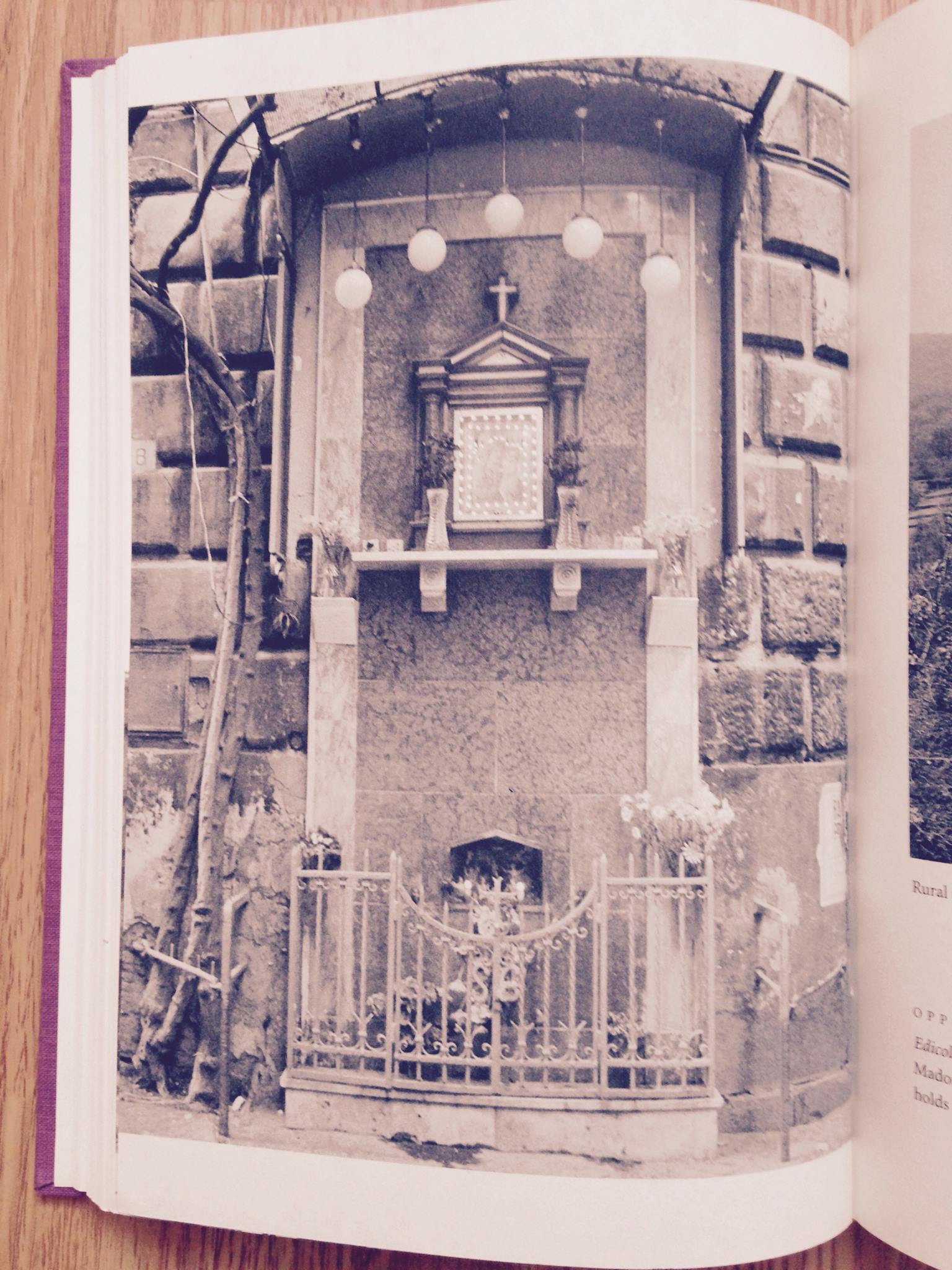Mary, mystic Rose of purity, I rejoice with thee at the glorious triumph thou didst gain over the serpent by thy Immaculate Conception, in that then wast conceived without original sin. I thank and praise with my whole heart the Ever-blessed Trinity, who granted thee that glorious privilege and I pray thee to obtain for me courage to overcome every snare of the great enemy, and never to stain my soul with mortal sin. Be thou always mine aid, and enable me with thy protection to obtain the victory over all the enemies of man’s eternal welfare.(From the Raccolta, a novena for the Immaculate Conception)
Rubens, L'Immaculée Conception, 1628-1629
The Immaculate Conception is a Madonnine feast day which celebrates the belief that Mary was conceived without sin. It occurs on December 8, nine months before the feast of the Nativity of Mary on September 8. Like the feast of the Assumption, the Immaculate Conception has over time evolved into an emanation of the Madonna, so the words “Immaculate Conception” may refer to the feast or the Madonna herself. Statues of the Immaculate Conception were common enough in Italy, but rose to even greater prominence among Italian-American immigrants and their descendants due to their wider availability in the United States. We might hypothesize that the image of the Immaculate Conception in some cases conceals still greater mysteries of the Madonna and her many faces.
That being said, the Immaculate Conception is not without power of her own, and that power cannot be understood without contemplating Eve. The Madonna is often contrasted with Eve, the pair being the only two women born without sin. We see this juxtaposition in the Ave Maris Stella, which describes the Madonna in her emanation as the Star of the Sea as “taking that sweet Ave, / which from Gabriel came, / peace confirm within us, / changing Eve's name”. The heretics among us may see this as an opportunity to bring Eve into our personal practice through the image of the Immaculate Conception.
Contained in the image of the Immaculate Conception we find the Serpent, often biting an apple, which may represent ancestral knowledge or entheogenic exploration. We also see the Madonna with her feet on the earth and her body standing upright in space, like the world tree which stretches from this world to the next. These are the themes which have come through strongly for me in devotional work with her: women’s mysteries of ovulation and birth, the channeling of ancestral knowledge, and the ritual use of entheogens.
These attributes may have been noticed by practitioners of African Diasporic Traditions, leading to some revealing syncretism. In Vodou, the Immaculate Conception is syncretized with Ayida-Weddo, the “Rainbow Serpent” of fertility. Many Lukumi houses syncretize the Immaculate Conception with the orisha Iroko, who is said to be a sacred tree which assisted Obatala’s descent from Heaven to Earth during the creation of the world.
You can honor the Immaculate Conception by performing her novena, which is traditionally said in the nine days leading up to her feast day, i.e. November 29 through December 7. There is also a 15-bead chaplet of the Immaculate Conception which is short enough to be prayed everyday.

